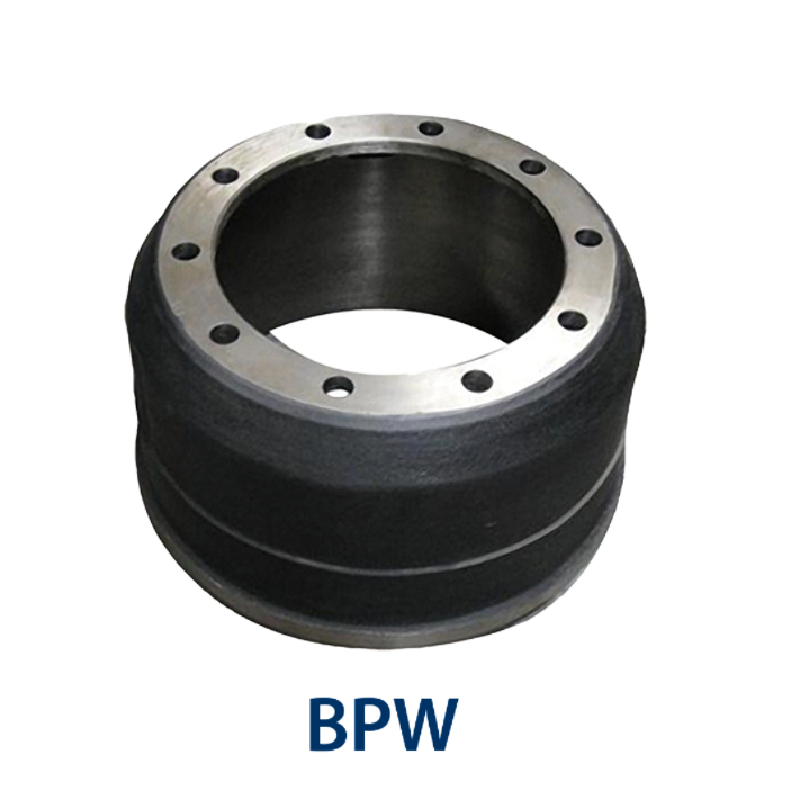డిసెం . 16, 2024 23:37 Back to list
how to remove stuck brake drum
How to Remove a Stuck Brake Drum
Attempting to remove a stuck brake drum can be a frustrating experience for many vehicle owners. If you find yourself in this situation, don’t worry! With the right tools and techniques, you can successfully remove that stubborn drum and get back to your vehicle maintenance. In this article, we will explore the reasons why brake drums get stuck, outline the tools you’ll need, and provide step-by-step instructions to help you tackle this task.
Understanding Why Brake Drums Get Stuck
Brake drums can become stuck due to various factors. One common reason is the accumulation of rust or corrosion on the drum or hub. Over time, moisture can lead to rust formation, creating a bond that makes the drum difficult to remove. Additionally, brake shoes can wear unevenly or expand due to heat, causing them to grip the inside of the drum. Finally, improper installation or the use of low-quality parts can contribute to a stuck drum. Recognizing these factors will help you take preventative measures in the future.
Gather Your Tools
Before you begin the removal process, gather the necessary tools. Having everything prepared in advance will make the task much easier. Here’s a list of tools you’ll likely need
1. Jack and Jack Stands To lift and securely support your vehicle. 2. Lug Wrench For removing the wheel. 3. Screwdriver A flat-head screwdriver can help you pry things when necessary. 4. Brake Drum Puller This specialized tool is designed to assist in removing stubborn brake drums. 5. Rust Penetrating Spray A lubricant like WD-40 can help loosen stubborn parts. 6. Hammer A rubber or plastic hammer can help tap the drum without damaging it. 7. Safety Gear Gloves and goggles to protect yourself.
Step-by-Step Guide to Remove a Stuck Brake Drum
Now that you have your tools ready, follow these steps to remove the stuck brake drum
Step 1 Safety First
Before doing any work on your vehicle, ensure safety comes first. Park the car on a level surface, engage the parking brake, and wear your safety gear.
Step 2 Lift the Vehicle
Using a jack, lift the vehicle and secure it with jack stands. It’s crucial to ensure that the vehicle is stable before proceeding.
Step 3 Remove the Wheel
Using a lug wrench, loosen and remove the lug nuts, and take the wheel off
. This will expose the brake drum.Step 4 Inspect the Drum
how to remove stuck brake drum

Examine the brake drum for any visible signs of rust, wear, or damage. If the drum appears excessively corroded, additional measures may be required.
Step 5 Apply Rust Penetrating Spray
Spray a generous amount of rust penetrating oil around the edge of the drum where it meets the hub. Allow it to sit for several minutes to seep into the crevices.
Step 6 Tap the Drum (If Necessary)
Using a rubber or plastic hammer, gently tap around the perimeter of the drum. This will help to break any corrosion that may be holding the drum in place. Be careful not to hit too hard, as this could damage the drum.
Step 7 Use a Brake Drum Puller
If the drum is still stuck, it’s time to use a brake drum puller. Align the puller over the brake drum and tighten the center screw slowly. This will exert even pressure and help in removing the drum from its mounting.
Step 8 Check the Brake Shoes
Once the drum is successfully removed, inspect the brake shoes and hardware for excessive wear. Replace any components that appear damaged.
Step 9 Reassemble
If you’ve finished your repairs or maintenance, reassemble everything. Slide the drum back onto the hub, install the wheel, and torque the lug nuts to the manufacturer’s specifications.
Step 10 Test and Inspect
Before taking your vehicle back on the road, pump the brake pedal a few times to ensure the system is functioning properly. Conduct a final inspection to ensure everything is in order.
Conclusion
Removing a stuck brake drum may seem daunting, but with the right techniques and tools, you can tackle this challenge successfully. Always remember to work safely and methodically, and don’t hesitate to seek professional help if you feel overwhelmed. Regular maintenance and inspections can help prevent issues like this in the future, saving you time and frustration. Happy wrenching!
-
Iveco Brake Drum | Premium OE Quality for Daily & Eurocargo
NewsAug.22,2025
-
Your Brake Drum Man: Quality & Performance Parts
NewsAug.21,2025
-
Explore Japan: Ultimate Travel Guide & Authentic Experiences
NewsAug.19,2025
-
Your Brake Drum Man: Premium & Reliable Brake Drums for Sale
NewsAug.18,2025
-
ROR Web Development: Build Fast, Scalable, Secure Apps
NewsAug.17,2025
-
Scania Brake Drums: OEM Quality for Optimal Safety & Durability
NewsAug.16,2025
